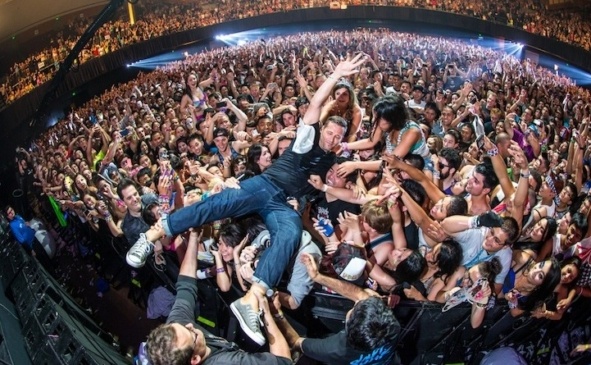

In punk, the skank dance meaning is different. However, this is not the only style of skanking out there. It involves a running-in-place motion with your feet to the beat of the music while swinging your arms and elbows back and forth.

Today, you can still find the skank dance performed in hardcore punk groups and concerts.Īt the beginning of the article, we already touched on the “classic” skanking move. It’s a type of music that combines Jamaican ska music and popular punk rock, and new wave music. But it went through a revival during the 70s and the 80s, with the arrival of 2-Tone music. In the late 60s, skanking’s popularity lowered. Skanking underwent many modifications during this period when British youths took up these dances and altered them.
Types of mosh pit dancing mods#
Eventually, it became hugely popular there among subcultures like mods and skinheads. In the 60s, ska music spread to the United Kingdom. The beat is usually on the second and fourth beat of a standard 4/4 music bar. Skanking was developed because ska music has a danceable backbeat, typically played on the electric guitar. It combines music from the Caribbean (mento and calypso) and America (jazz, rhythm, and blues). It is the predecessor to rocksteady and reggae music. If you’ve never heard of ska music, then it’s a genre of music that was also developed during this period (in the 50s). What we do know, though, is that skanking was created within dance halls that played ska music. There are very few records of exactly where and when people began to skank. Skanking’s roots can be traced back to Jamaica in the 50s and 60s. Meanwhile, the arms of the performer will bend at the elbow, fist punching out, alternating left and right. But the original form, which emerged from Jamaican dance halls in the 50s and 60s, involved a “running man” motion with the legs to the music’s rhythm. Over time, there have been many variations of skanking. Stand Up on One Leg, Shift Your Weight Forward


 0 kommentar(er)
0 kommentar(er)
